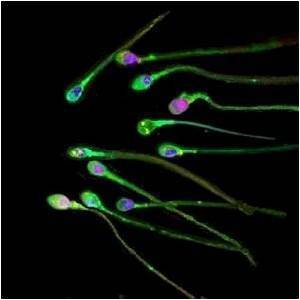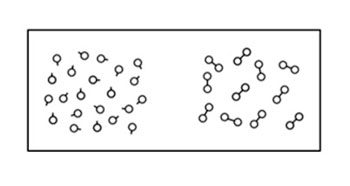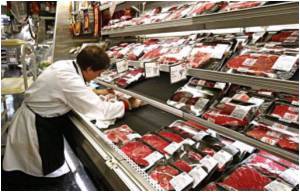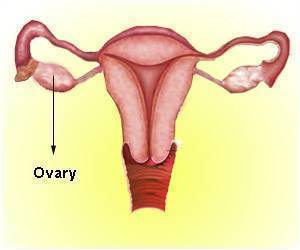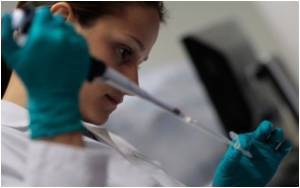 Doctors are reporting a major step toward an "artificial pancreas," a device that would constantly monitor blood sugar in people with diabetes and automatically supply insulin as needed.
Doctors are reporting a major step toward an "artificial pancreas," a device that would constantly monitor blood sugar in people with diabetes and automatically supply insulin as needed.A key component of such a system — an insulin pump programmed to shut down if blood-sugar dips too low while people are sleeping — worked as intended in a three-month study of 247 patients.
This "smart pump," made by Minneapolis-based Medtronic Inc., is already sold in Europe, and the U.S. Food and Drug Administration is reviewing it now. Whether it also can be programmed to mimic a real pancreas and constantly adjust insulin based on continuous readings from a blood-sugar monitor requires more testing, but doctors say the new study suggests that's a realistic goal.
"This is the first step in the development of the artificial pancreas," said Dr. Richard Bergenstal, diabetes chief at Park Nicollet, a large clinic in St. Louis Park, Minn. "Before we said it's a dream. We have the first part of it now and I really think it will be developed."
He led the company-sponsored study and gave results Saturday at an American Diabetes Association conference in Chicago. They also were published online by the New England Journal of Medicine.
The study involved people with Type 1 diabetes, the kind usually diagnosed during childhood. About 5 percent of the 26 million Americans with diabetes have this type. Their bodies don't make insulin, a hormone needed to turn food into energy. That causes high blood-sugar levels and raises the risk for heart disease and many other health problems.
Some people with the more common Type 2 diabetes, the kind linked to obesity, also need insulin and might also benefit from a device like an artificial pancreas. For now, though, it's aimed at people with Type 1 diabetes who must inject insulin several times a day or get it through a pump with a narrow tube that goes under the skin. The pump is about the size of a cellphone and can be worn on a belt or kept in a pocket.
The pumps give a steady amount of insulin, and patients must monitor their sugar levels and give themselves more insulin at meals or whenever needed to keep blood sugar from getting too high.
A big danger is having too much insulin in the body overnight, when blood-sugar levels naturally fall. People can go into comas, suffer seizures and even die. Parents of children with diabetes often worry so much about this that they sneak into their bedrooms at night to check their child's blood-sugar monitor.
In the study, all patients had sensors that continuously monitored their blood sugar. Half of them had ordinary insulin pumps and the others had pumps programmed to stop supplying insulin for two hours when blood-sugar fell to a certain threshold.
Over three months, low-sugar episodes were reduced by about one-third in people using the pump with the shut-off feature. Importantly, these people had no cases of severely low blood sugar — the most dangerous kind that require medical aid or help from another person. There were four cases in the group using the standard pump.
"As a first step, I think we should all be very excited that it works," an independent expert, Dr. Irl Hirsch of the University of Washington in Seattle, said of the programmable pump.
The next step is to test having it turn off sooner, before sugar falls so much, and to have it automatically supply insulin to prevent high blood sugar, too.
Dr. Anne Peters, a diabetes specialist at the University of Southern California, said the study "represents a major step forward" for an artificial pancreas.
One participant, Spears Mallis, 34, a manager for a cancer center in Gainesville, Ga., wishes these devices were available now. He typically gets low-sugar about 8 to 10 times a week, at least once a week while he's asleep.
"I would set an alarm in the middle of the night just to be sure I was OK. That will cause you to not get a good night of rest," he said.
His "smart pump" stopped giving insulin several times during the study when his sugar fell low, and he wasn't always aware of it. That's a well-known problem for people with Type 1 diabetes — over time, "you become less and less sensitive to feeling the low blood sugars" and don't recognize symptoms in time to drink juice or do something else to raise sugar a bit, he said.
Besides Medtronic, Johnson & Johnson and several other research groups are working on artificial pancreas devices.
Source: AP
